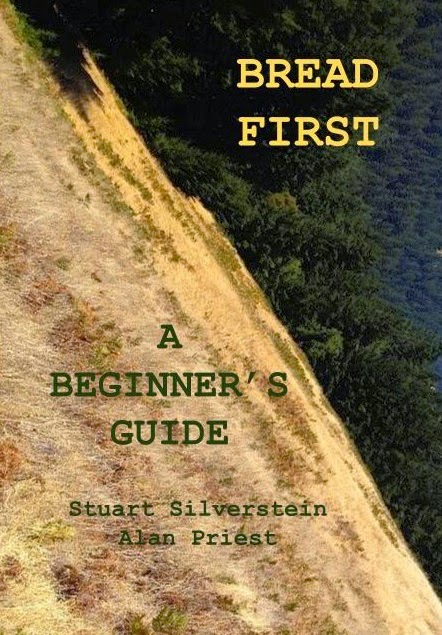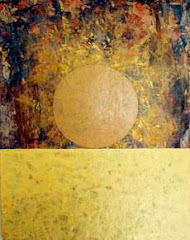baking in the rain
The Earth Oven (con't)
Let’s assume the oven you’re going to construct will be for home use, and you are definitely not going to operate a bakery. If you construct a very large oven, it will be a waste of space, materials, and use too much firewood to heat up. A large oven will also take longer to build and contribute unnecessarily to global degradation. You won’t need the Taj Mahal of ovens. However, an oven that’s too small will be difficult to maneuver pizzas and breads. The Meaders decided on a circular oven with a 22.5-inch floor diameter.For the purposes of this book, when I refer to the floor, hearth or deck, I am referring to the same place. It is there where your breads sit to bake.
We felt this would be a good size for pizzas as well as breads, but I don’t think you should build anything smaller than this. An oven this size will easily bake four loaves of bread or one or two pizzas at a time, although I personally like baking one pizza at a time. Baking pizzas and breads are always done separately. A pizza should take less than three minutes to cook, and with some help, you can crank out enough pizzas so your garden party of twenty folks will have no reason to complain.
Now we were ready to come up with a supply list, but when you do your oven, it’s not necessary to have all the materials on hand, although it does help.
You can buy most of the materials you’ll need at Big Box, but they won’t have clay, perlite, firebricks, straw, and sawdust. The firebricks are easily found at a masonry supply store. The Perlite and straw you will find at a garden supply store, and the sawdust you can get free from someone who does woodworking. You might find Perlite at big box, but if you do, it will probably be packaged in small bags, and it will be very expensive. It will be much more economical to buy Perlite in large bags. Vermiculite is a similar insulator, and if you can’t find Perlite, than use vermiculite; they are quite similar. Clay can be dug for free if you know where to look, or it can be purchased from a pottery supply store...







No comments:
Post a Comment